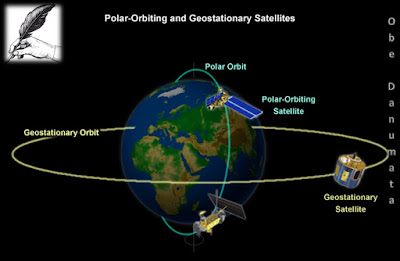How do Eyes Work?
We see
with our eyes. Our eyes are lodged into the bony sockets in the skull.
The muscles
in the socket turn them so
that we
can see in any direction. Each eye is a fluid-filled sphere with a transparent
window at
the front, known as the
cornea. Pupil is
a small hole in the centre and behind it, is the coloured iris. A convex
lens is
present behind the iris. In the rear part of the eye is a screen called retina.
Millions of
receptor cells called rods and cones make up the retina. Rods are
sensitive to dim light and are used for black and white vision. Cones respond to bright
light and
can detect colour.
Retina is
connected to the brain by the optic nerve. The lens and retina have a fluid in between
known as
aqueous humor.
Light rays
from an object fall on the cornea of our eyes and when these rays pass through it,
they
are bent
so that they pass through the pupil and into the lens. The light rays are bent again
as they
pass through
the lens and they are focused into the retina to form an inverted picture. The picture
reaches the brain through the optical nerve. The brain
again inverts the picture and we see the object. This whole process
is very
fast. Too much light can damage the retina, so in bright light, the pupils
get small.







Comments
Post a Comment